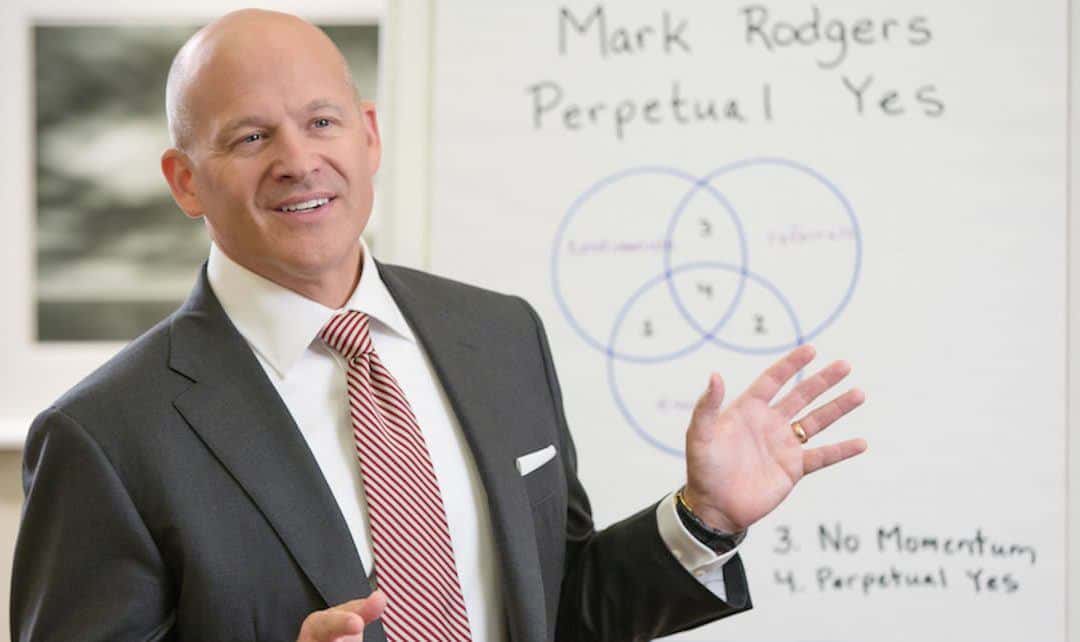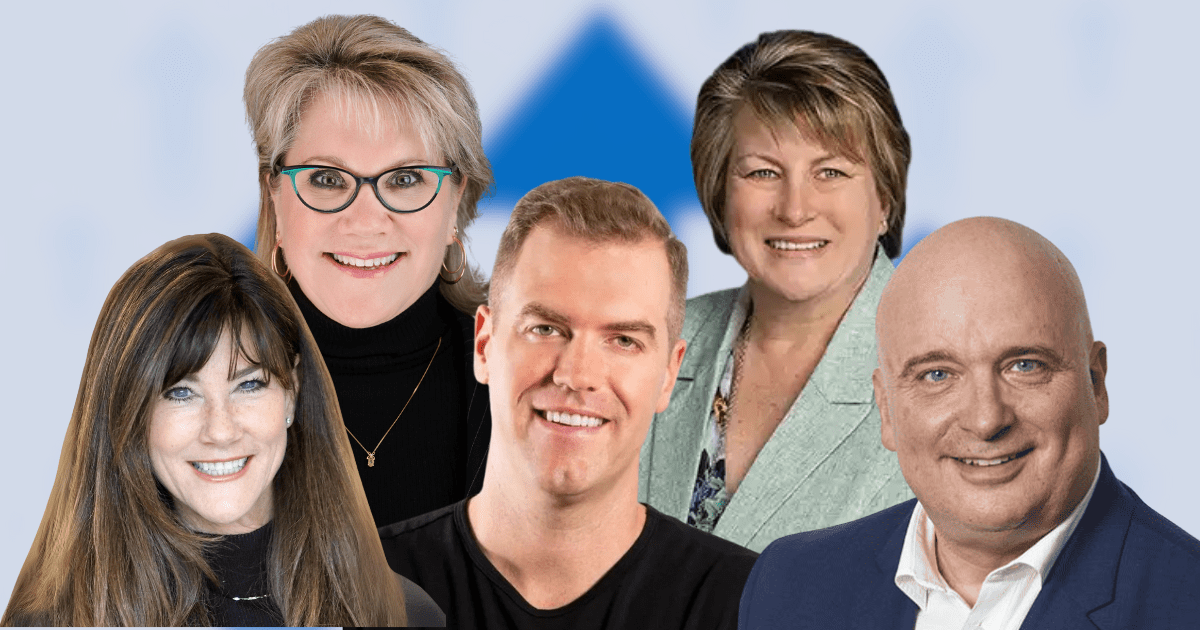Suspicious buyers, critical sellers, tight-fisted lenders. Let’s face it: Selling real estate today is no easy feat. You need every tool at your disposal if you’re going to have a successful year and, even more important, a productive career. The subtle science of persuasion could be your competitive advantage.
Persuasion is not manipulation. I define persuasion as ethically winning the heart and mind of your target. Could another real estate professional use persuasive techniques in a manipulative way? Sure. Will it increase the likelihood that his or her buyer will say yes? Absolutely. Once. But that doesn’t build a real estate career. Establishing a solid reputation, providing critical guidance and value, and creating repeat and referral business does.
Few skills are more important in business and in life than convincing someone to say yes. However, far too many people think that persuasion doesn’t require the intellectual lifting of, say, calculating the IRR of two prospective commercial deals. We think, “I’ve said yes to offers, people have said yes to me, I know how to do this.” That’s the persuasion paradox and it’s dangerous.
Understanding persuasion – and ethically using and practicing it – can be your competitive advantage to secure the listing or win the accepted offer. Here are three tips on the subtle science of getting your way.
1. Don’t use your buyer’s name.
I know this goes against everything you’ve been told. The other person’s name is music to his or her ears. But in high-ticket selling situations, buyers are keenly aware of any manipulation, and the overuse of someone’s name is seen as a manipulative tactic: “Mark, this is a big decision; you must think carefully about your needs” or “Mark, this would be a great space for your hockey memorabilia.”
See what I mean? Certainly use your client’s name whenever you meet to prove you know the person. But after that, be incredibly judicious and you’ll find your client warming to you even faster.
2. The eyes have it.
I’m going to bust another myth: You’ve got to make solid eye contact for the buyer to take you seriously. Nope. There’s a difference between credible eye contact and the piercing stare of a sociopath. So you should bounce eyes. Focus on one eye of the other person for a few moments, and then naturally break away. When your focus returns, look at the other eye. This way, you’ll prove your trustworthiness, demonstrate engagement and avoid the “psycho” tag. Try practicing this at an open house.
3. Open with your weakness.
You need credibility fast when meeting the listing seller or a potential buyer for the first time. How do you earn it? Lead with a weakness.
“Tell me something about your firm,” the prospective seller asks. When that happens, don’t tout sales numbers, awards and satisfied customers. Instead, cut through the noise: “We are the smallest real estate agency in Toronto.” Pause. Then pivot: “But our strengths overwhelm that misperceived weakness.”
Here’s another example. Potential buyer: “Tell me something about this house.” You: “It’s out of your price range, the kitchen needs remodelling and it’s not in the neighbourhood you wanted.” Pause. Then pivot: “But you should still put this on your short list. Here’s why …”
This is a concept that advertisers have employed for years and I call it the L’Oréal rationale: “L’Oréal. Expensive but worth it.”
Noted sociologist Robert Cialdini says that when you lead with a weakness, it demonstrates to the other person that you’re honest enough to do so and knowledgeable enough to know both sides of an issue. Plus, there’s a component to the human condition called the principle of contrast. What comes before colours what comes next. So when you lead with a negative, the subsequent positive is highlighted even more.
There are few things that will sway a prospective client if the economic interest in the opposing offer is overwhelming. However, if the financials are close, ethical use of persuasion can be your real competitive advantage. That’s the subtle science of getting your way.
Mark Rodgers is a best-selling author, award-winning speaker and sought-after consultant who says he helps professionals hear yes, faster – accelerating sales, marketing and management efforts to achieve astonishing results. His latest book is Persuasion Equation: The Subtle Science of Getting Your Way, published by Amacom in May 2015. Email Mark.

















